Designing the Motion Picture Enterprise

Matthew Jefferies had designed the Enterprise in 1964 and redesigned it when a second Star Trek television series, called Phase II, was due to air in the late 1970s. He avoided making drastic changes to the ship:
As far as I was concerned, about the only thing we could update was the engines, so I changed the design of the pods and the struts. I still wanted an absolutely plain exterior. Anything that man makes is going to break down; why put him outside in the worst possible environment when you can put him on the inside?
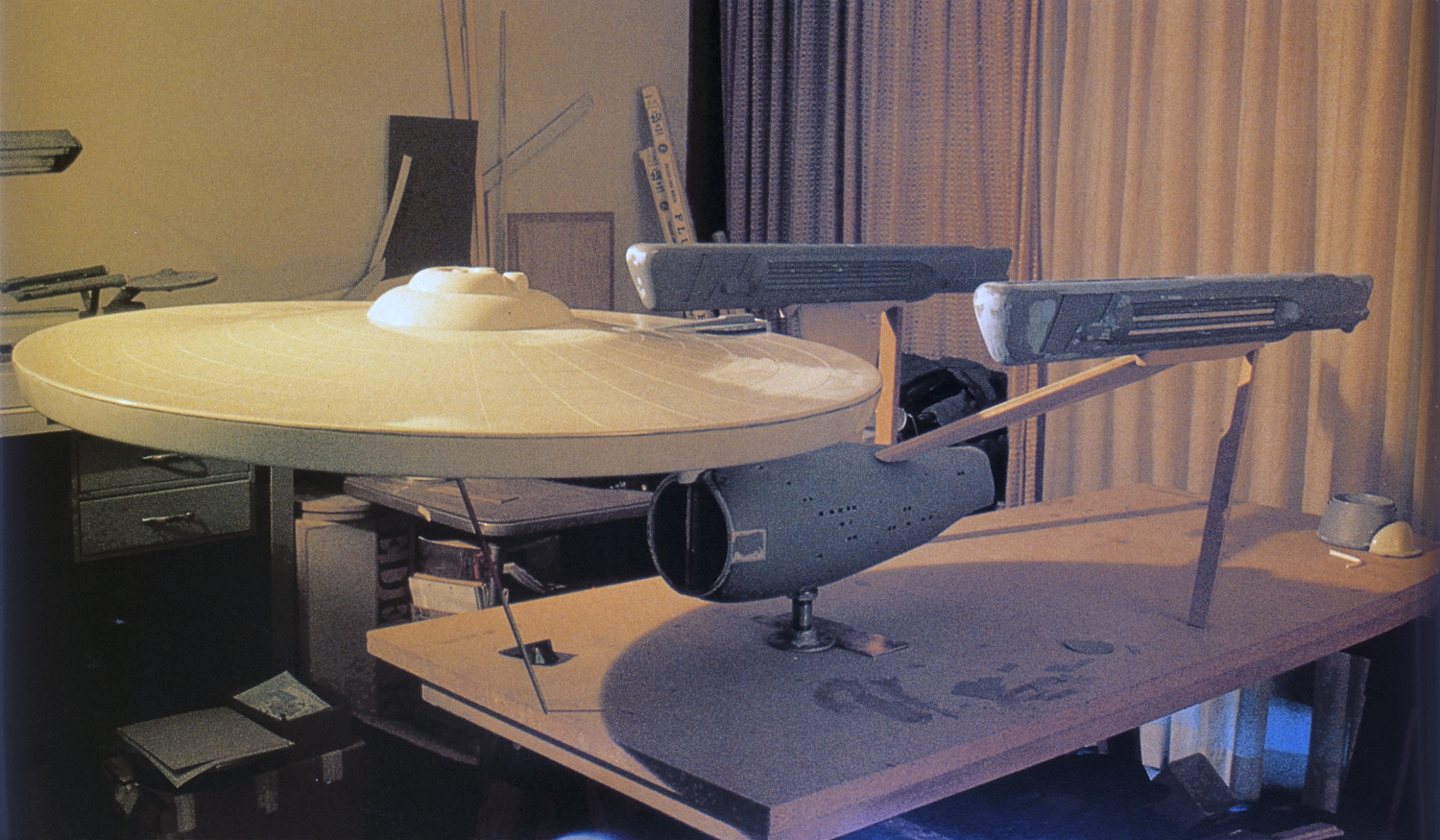
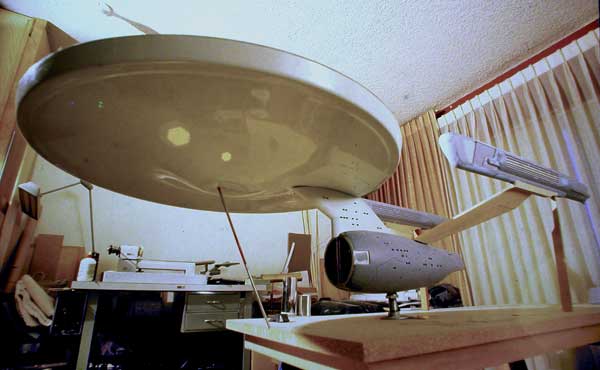
When Paramount decided to make a Star Trek feature film instead of a second television series, the model that was under construction for Phase II had to be discarded. A motion picture called for a much higher level of detail, and thus a bigger miniature.
The redesign would still follow Jefferies’ outline. Richard Taylor, the movie’s art director, told Tracy Tobias in 2005:
My approach was to give it a stylization that was almost Art Deco. Things became more elongated and more elegant than the TV series version.

Taylor brought in Andrew Probert to design all humanoid spacecraft for the film, so there would be a visual consistency between the ships. He only asked Probert to delegate the task of redesigning the warp engines to him.
I spent weeks drawing and redrawing the nacelles. The front end of them is almost a 1940 Ford grille.
As Taylor felt they should stay with the proportions inherited from Jefferies, Probert lengthened the ship by only a few feet and enlarged the saucer, eventually adding more detailed superstructures to the top and bottom of it.
Additionally, he came up with a new photon torpedo launcher, redesigned the navigational deflector dish area, updated the impulse engine and added phaser banks around the ship.





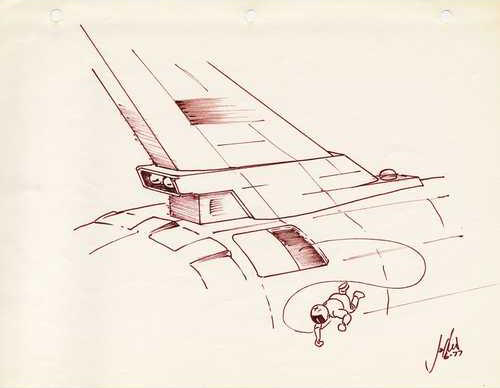



Where the Enterprise of The Original Series launched torpedoes from a mysterious port located near the center of the saucer’s underside, a single round torpedo tube was conceptualized for Phase II. That evolved into a pair of tubes when Mike Minor painted Paramount’s announcement posters for the new production, Star Trek: The Motion Picture.
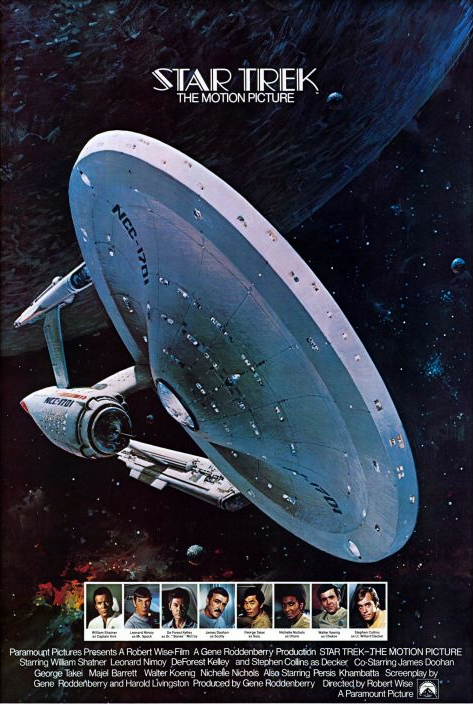
Probert considered giving the torpedo launchers doors, which would open when needed. But he was asked to provide concepts of the tubes when exposed, and to add more visual detailing. “I wasn’t totally in favor of the idea,” he said, “because this blatant display of weapons suggested a more aggressive posture to the design.”
Large decals were made and applied, and may be seen in various early production stills, but when the ship was given its final paint job, they were removed and [special effects chief Doug] Trumbull decided to leave them off.
Although Taylor and Probert kept the exterior of the ship smooth, they were careful to give it an interesting texture and added many windows to the classic design. Taylor recalled they even gave the ship a few inhabitants:
We used small transparent images of the sets inside the windows, so that when the camera got close to the model it appeared that you could see something in the windows. By the way, in some of those windows you can see photos of Mickey Mouse, Andy Probert and others as a kind of in-joke.
An avowed Star Trek fan, Probert remembered that in “The Apple” Kirk had told Scotty that, if needed, he should separate the saucer section. So at Probert’s suggestion, the model of the new Enterprise was designed to separate, even though there were no plans to use this.



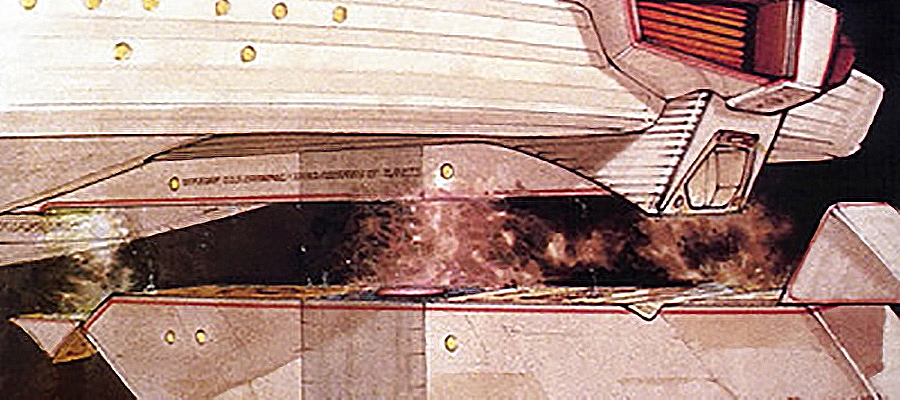
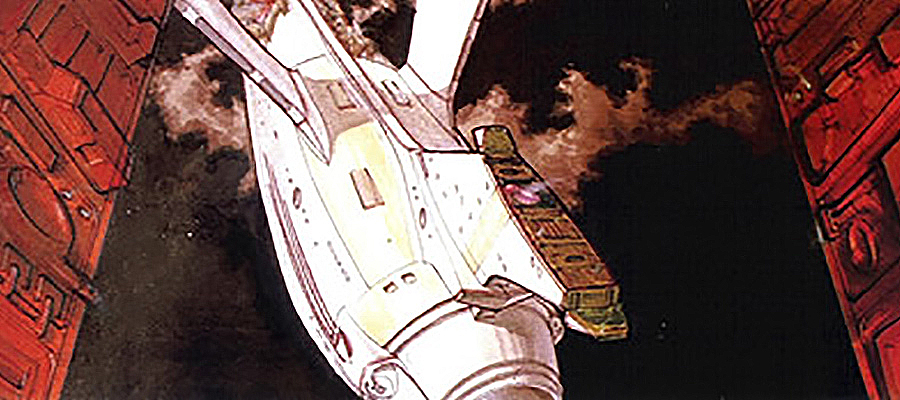
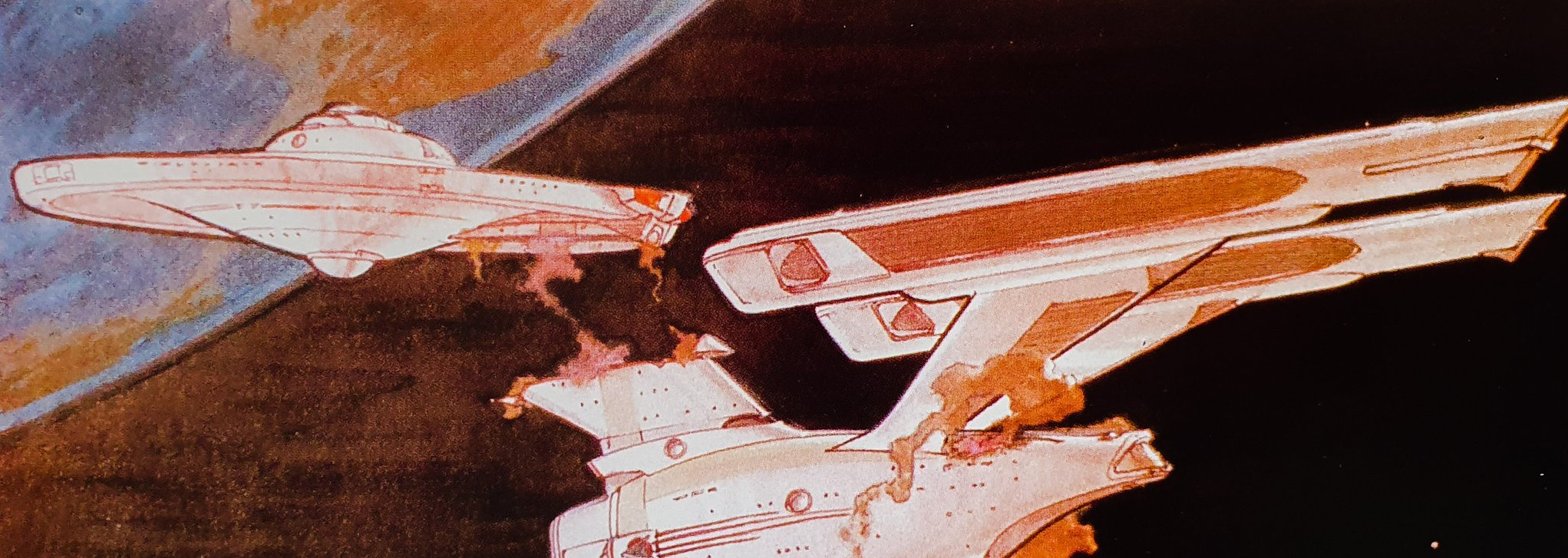
Probert even went to the trouble of giving the Enterprise landing gear.
Popular opinion indicated that [on the original ship] the two triangular points on the underside of the saucer were actually two landing legs and the third one would be a telescoping leg in the doral-support cavity, so the saucer would have tricycle landing gear for a planet landing. For The Motion Picture’s Enterprise, I designed four landing pads on the underside of the saucer.
Taylor planned one final departure for the Enterprise, but this had to be abandoned because there wasn’t time left: His idea was that the warp engines should generate an obvious energy field, so he wanted the nacelles to have light panels built into them.
I wanted to have an effect that radiates from the glowing panels on the nacelles; something you could see. We would have had that streak when the ship was in motion.
The model was built at Magicam, and after Robert Abel and Associates left the production it was filmed by Trumbull’s visual effects team. It was used in the next five movies before being brought out of retirement in 2001, so Foundation Imaging could study it and build their digital version for The Director’s Edition.


















